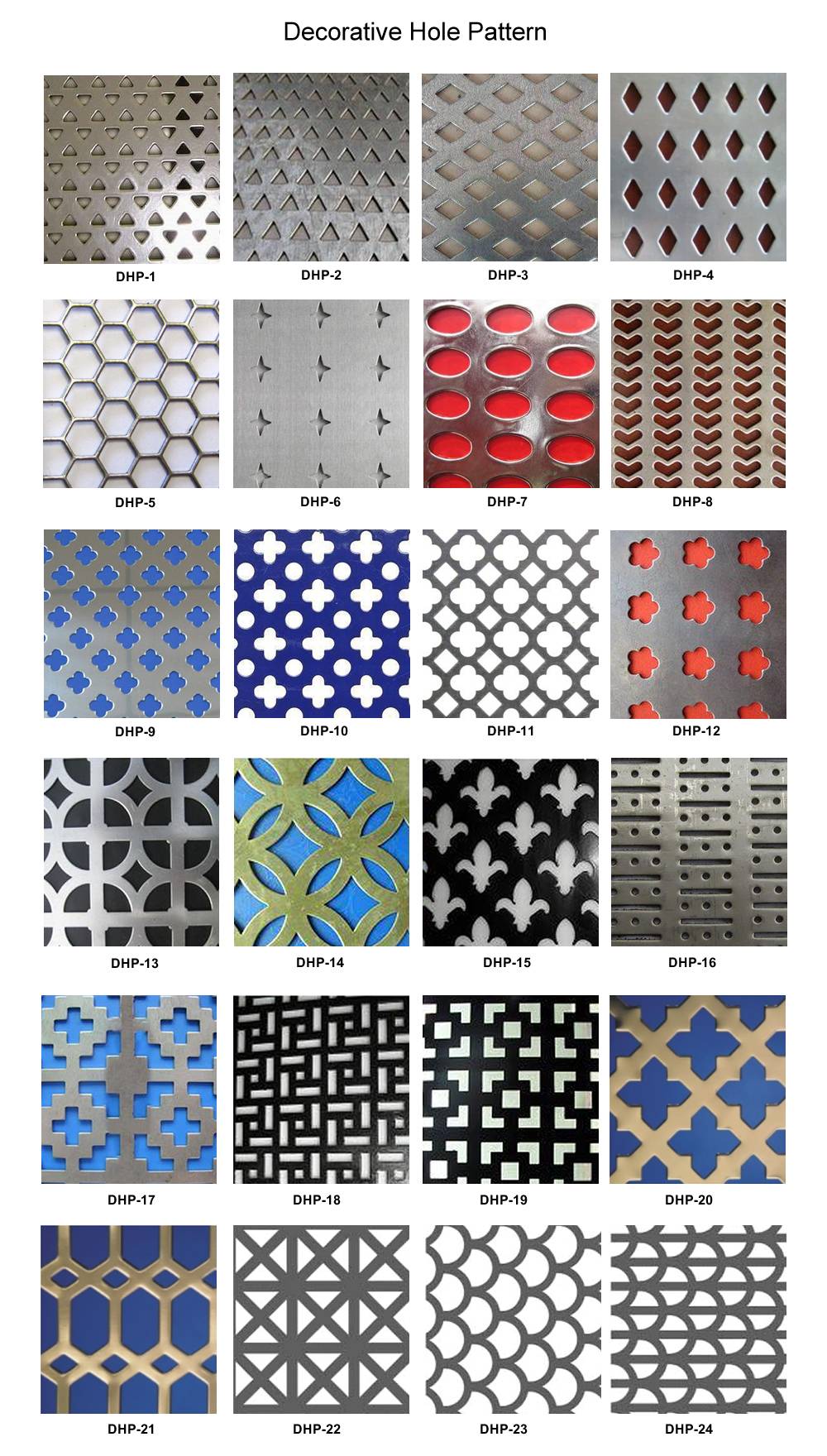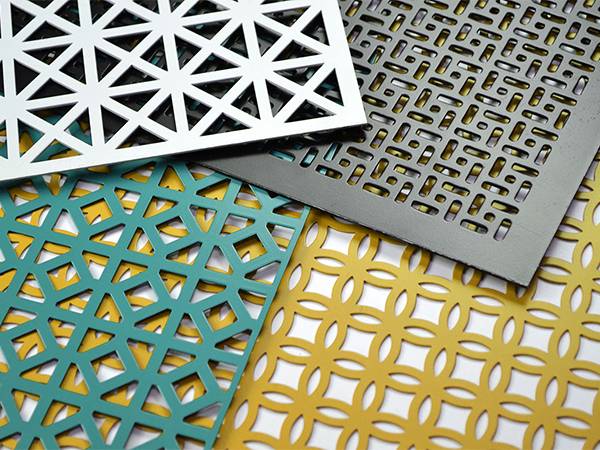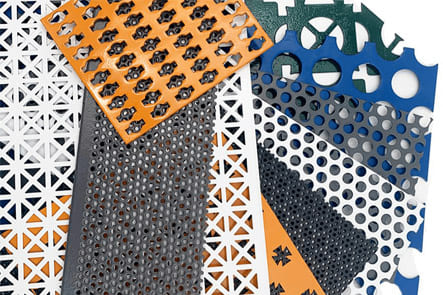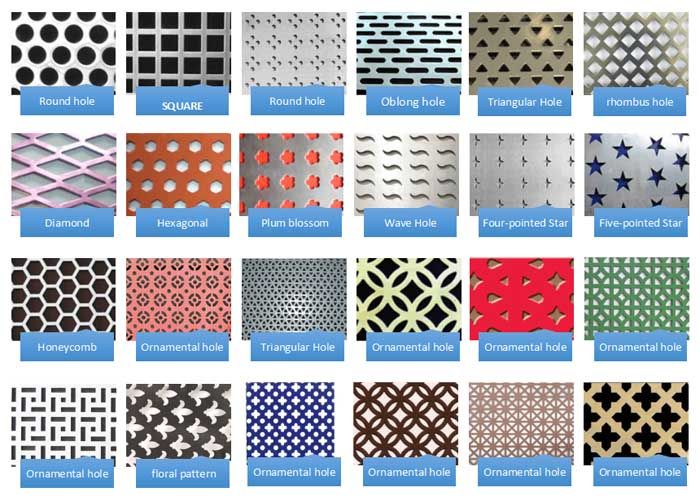Decorative perforated metal panels are a fascinating fusion of functionality and aesthetics. As an SEO expert and a home improvement enthusiast, I’ve seen these innovative panels make a significant impact in architecture and design. From commercial buildings to residential spaces, perforated metal panels offer endless possibilities for creativity and practicality. In this article, we’ll explore everything you need to know about decorative perforated metal panels, including their applications, benefits, and even some personal insights from my experiences.
What are Decorative Perforated Metal Panels?
Decorative perforated metal panels are sheets of metal that have been punched with a variety of hole patterns. These patterns can be designed for decorative appeal, functional performance, or both. The panels are often made from materials like aluminum, stainless steel, or mild steel, giving them strength and durability.
The Versatility of Perforated Metal
The versatility of these panels lies in their ability to serve multiple purposes. They can be used for:
- Architectural facades
- Interior design elements
- Sun shading and thermal control
- Noise reduction in urban settings
- Safety and security applications
Applications of Decorative Perforated Metal Panels
These panels have a wide range of applications across various industries and settings. Below are some of the most common applications:
1. Architectural Design
Architects and designers often use perforated metal panels to enhance the aesthetic appeal of buildings. They can be incorporated into facades to create eye-catching visuals.

2. Outdoor Installations
From garden trellises to patio screens, perforated panels can provide both privacy and artistic flair outdoors. Their ability to filter light while maintaining visibility is particularly appealing.
3. Interior Decor
Inside homes and offices, decorative metal panels can act as room dividers, feature walls, or ceiling tiles. They add texture and depth to spaces.

4. Industrial Use
Many industries use perforated metal for safety barriers, equipment guards, and filtration systems due to their strength and customizability.
Benefits of Using Decorative Perforated Metal Panels
1. Aesthetic Appeal
The combination of intricate designs and versatile finishes can significantly enhance the visual appeal of a space.

2. Light and Air Flow
These panels allow for natural light and air to penetrate while providing shade and privacy, creating a pleasant atmosphere.
3. Durability and Maintenance
Made from robust materials, decorative perforated panels require minimal maintenance, making them a cost-effective choice in the long run.

4. Customization Options
Perforated panels can be tailored to fit specific design needs, including hole size, shape, and pattern. This level of customization is perfect for achieving a unique aesthetic.
Pros and Cons of Decorative Perforated Metal Panels
| Pros | Cons |
|---|---|
| Highly customizable | Can be more expensive than traditional materials |
| Durable and weather-resistant | May require special tools for installation |
| Allows for airflow and light | Some designs may obstruct views |
| Low maintenance | Potential for rust if not properly treated |

How to Choose the Right Decorative Perforated Metal Panel
Choosing the right perforated metal panel for your project involves several key considerations:
1. Material
Consider the environment where the panel will be installed. Aluminum is lightweight and resistant to corrosion, while stainless steel is ideal for high-durability needs.

2. Hole Pattern and Size
The size and arrangement of the holes will affect the aesthetic and functional properties of the panel. Experiment with different designs to find the right fit for your project.
3. Finish
Different finishes, such as powder coating or anodizing, provide various levels of protection and visual appeal. Choose a finish that complements your overall design vision.
4. Application
Be clear about the use of the panels—whether it’s for decorative or functional purposes will guide your choices significantly.
Installation Tips for Decorative Perforated Metal Panels
Installing decorative perforated metal panels can be a DIY project or require professional assistance. Here are some tips based on my experiences:
1. Prepare the Site
Ensure that the area is clean and well-measured. Having everything organized will make the installation process smoother.
2. Use Quality Fasteners
Using appropriate anchors and screws is critical. Ensure they are suitable for the selected material to avoid future issues.
3. Plan for Expansion
Metals expand and contract with temperature changes. Leave ample space for this when installing.
4. Regular Maintenance Checks
After installation, schedule regular maintenance to inspect for any signs of rust or damage.
Personal Experience: Why I Love Using Decorative Perforated Metal Panels
As someone who has worked with these panels in various projects, I can attest to their versatility and transformative capabilities. One of my favorite uses was in my garden. I created a stunning privacy screen that not only protected my space but also added an artistic touch with the design reflecting my personal style. It served as both a functional element and a focal point, drawing compliments from friends and family alike.
FAQs about Decorative Perforated Metal Panels
What materials are commonly used for decorative perforated metal panels?
Common materials include aluminum, stainless steel, and mild steel, each offering unique benefits and aesthetics.
Can decorative perforated metal panels be used indoors?
Absolutely! They can enhance interior spaces as partitions, wall art, or ceiling features.
How do you maintain perforated metal panels?
Regularly clean the panels with soap and water. For outdoor panels, check for rust and ensure they are properly coated.
Are there customization options for these panels?
Yes! You can customize hole sizes, shapes, and patterns based on your design preferences.
What is the cost range for decorative perforated metal panels?
Cost can vary widely based on the material, size, and complexity of the design. On average, expect to spend between $20 to $100 per square foot.
Conclusion: The Future of Decorative Perforated Metal Panels
Decorative perforated metal panels are more than just materials; they are design statements that blend functionality with art. As more architects and homeowners recognize their potential, we can expect to see even more innovative applications and stunning designs in the years to come. Whether you are looking to enhance your home or revamp a commercial space, these panels are a compelling choice worth considering.
With my personal experiences and the insights shared in this guide, I hope you feel inspired to explore the world of decorative perforated metal panels for your own projects. Happy designing!